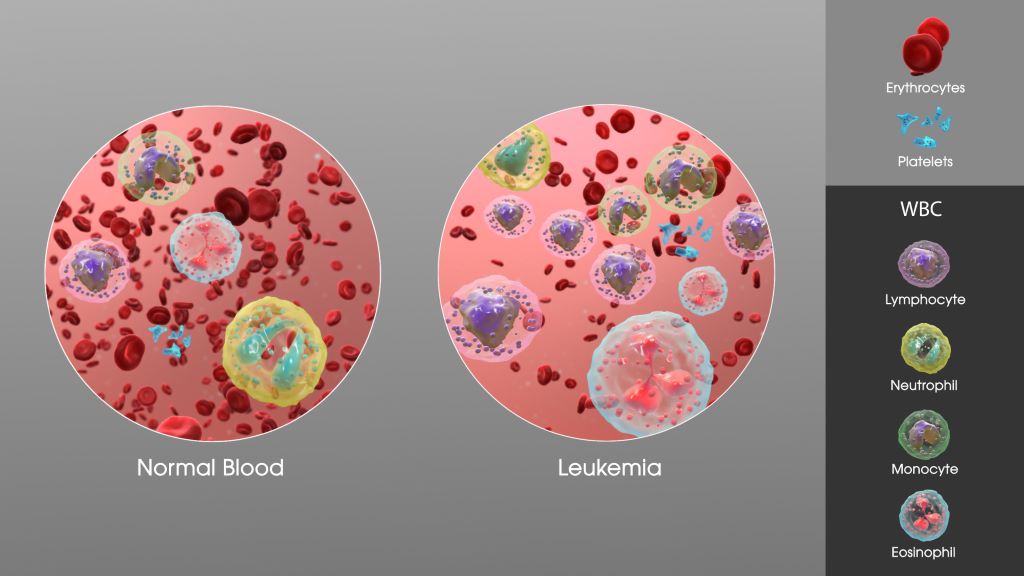Caesarean Delivery Linked to Higher Risk of Pain and Sleep Problems After Childbirth

New mothers are more likely to experience severe pain that disrupts sleep and activities of daily living, as well as develop sleep disorders, if they give birth by caesarean delivery (C-section), suggests research presented at the ANESTHESIOLOGY® 2025 annual meeting.
“Sleep is often overlooked in postpartum recovery, but it is central to a mother’s physical and mental health,” said Moe Takenoshita, MBBCh, lead author of the study and a postdoctoral scholar in the department of anaesthesia at Stanford University Center for Academic Medicine. “Caesarean delivery in particular appears to increase the risk for severe pain and sleep disorders, which can lead to postpartum depression, thinking and memory problems, and fatigue, as well as disrupt bonding with their babies and relationships with family and friends.”
The study included both qualitative and quantitative analyses. For the qualitative analysis, the authors interviewed 41 mothers about their pain and sleep experiences after childbirth, 24 of whom had vaginal births, 11 who had scheduled C-sections and six whose C-sections were unplanned. More than two-thirds of the mothers who had C-sections (73% of the scheduled cesareans and 67% of the unplanned) reported severe pain that disrupted sleep and activities of daily living, compared to 8% of those who had vaginal births.
For the quantitative study, the authors analysed a nationwide insurance database of more than 1.5 million mothers who delivered babies between 2008 and 2021. They determined that individuals who have C-sections are 16% more likely to be diagnosed with a new sleep disorder (eg, insomnia, sleep deprivation or obstructive sleep apnoea) between a month and a year after giving birth, compared to those who delivered vaginally.
New mothers, especially those recovering from C-sections, should be sure to manage pain adequately, since untreated pain can worsen sleep, said Dr Takenoshita. Other measures that can help to improve sleep include regular exercise as appropriate, sleeping when the baby sleeps, avoiding caffeine or alcohol late in the day, and relaxing before bed by taking a bath or practising deep breathing.
“About one-third of U.S. births are C-sections,” said Dr Takenoshita. “Those who are planning a C-section should understand that the procedure is linked to more severe pain after delivery and a higher risk of sleep disorders. Anyone having sleep problems during pregnancy or after childbirth should discuss their concerns with their physician, who can evaluate the issue, make recommendations and refer them to a specialist if necessary.”




